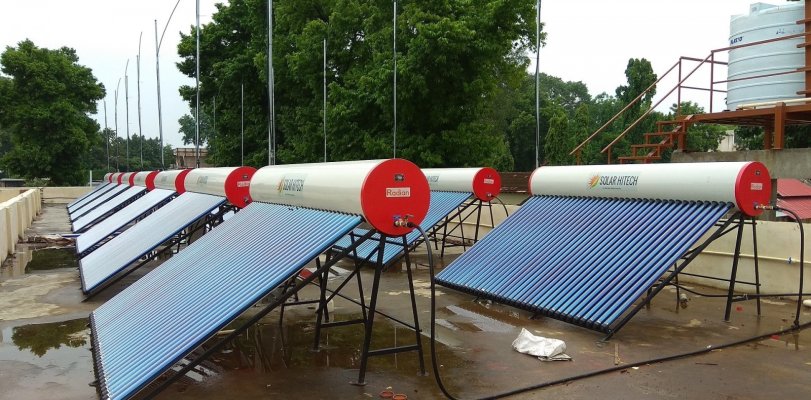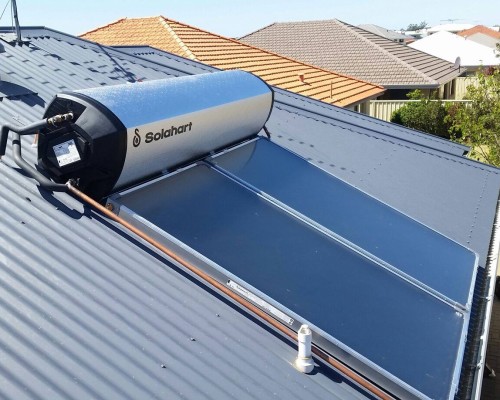I don’t really understand the reasoning linking the subsidies to incentivizing poor installs. If your system is poorly designed or in a bad area for generating power, you’ll have to upsize the system to see the output you need. The subsidies only cover a fraction of the cost. You’ll spend a lot more out of pocket to get the output you need.
Maybe there are unscrupulous dealers out there that aren’t honest about output? ....
There absolutely are unscrupulous dealers out there. Some people get all bug-eyed at the idea of getting money back. It clouds their reasoning. And some dealers will take advantage of that.
Again, if the goal is to
produce solar energy, then the subsidy should be based on
production. There should be some official estimator in place, and the installer should be held responsible for meeting the promised production numbers (within some margin of error).
... ETA, maybe you’re saying that the subsidies enable solar to be cost effective in locations it might otherwise not be? I think that’s the point of the subsidies though?? We pay $.30-.54/kWh, so it was a pretty easy decision. Still, the tax credit was nice. .
No, that should
not be the point of the subsidies. I'm actually against pretty much all subsidies, but if we say that we want to support solar to improve the environment, then OK, lets do that in the most efficient way possible. For any given number of $$$ (money is a limited resource as well), lets get the most solar production we can.
If we subsidize places where it isn't cost effective, we aren't making the best use of those $. If we subsidize, we should do so in places with the most sun, and maybe factor in if the solar will be replacing coal or NG (NG being relatively cleaner). Get the most bang for the buck, so we can get the most solar.
Maybe do it as a reverse auction (I just thought of this, so bear with me!)? Say they offer up a subsidy of $0.01 per kWh for every solar kWh produced? No takers? Raise it to $0.015, etc, etc, until that years subsidy money is gone.
See what that will do? It will get you the most production for the taxpayer's money. It's a win-win.
That also means there will probably be no subsidies for residential rooftop solar, and that's a good thing. Residential is expensive, there's no economy of scale, and it's dangerous (look up the BLS stats). A crew on an industrial site, flat roofs on a big box store, school, warehouse, etc, or ground level install is far safer than showing up at residence for a few days, dealing with slopes and site specifics. Those residential roofs rarely are optimal angles, trees grow up, and each needs to be permitted and inspected.
If someone is truly a proponent of solar, they would be fighting these inefficient subsidies and fighting residential solar. Show me I'm wrong.
It's not just solar. For example, the credit for an efficient furnace is the same % of purchase price in a very cold climate as a mild climate. But the cold climate furnace will run much more, so the efficiency is a bigger factor. Sure, the mild climate may spend a bit less for the furnace, but it's not proportional. So again, if you are going to subsidize, match the subsidy to the goal. How much energy will you save on average between the 80% furnace and a 94% furnace
in that climate. Why pay for anything not related to the
goal?
-ERD50


